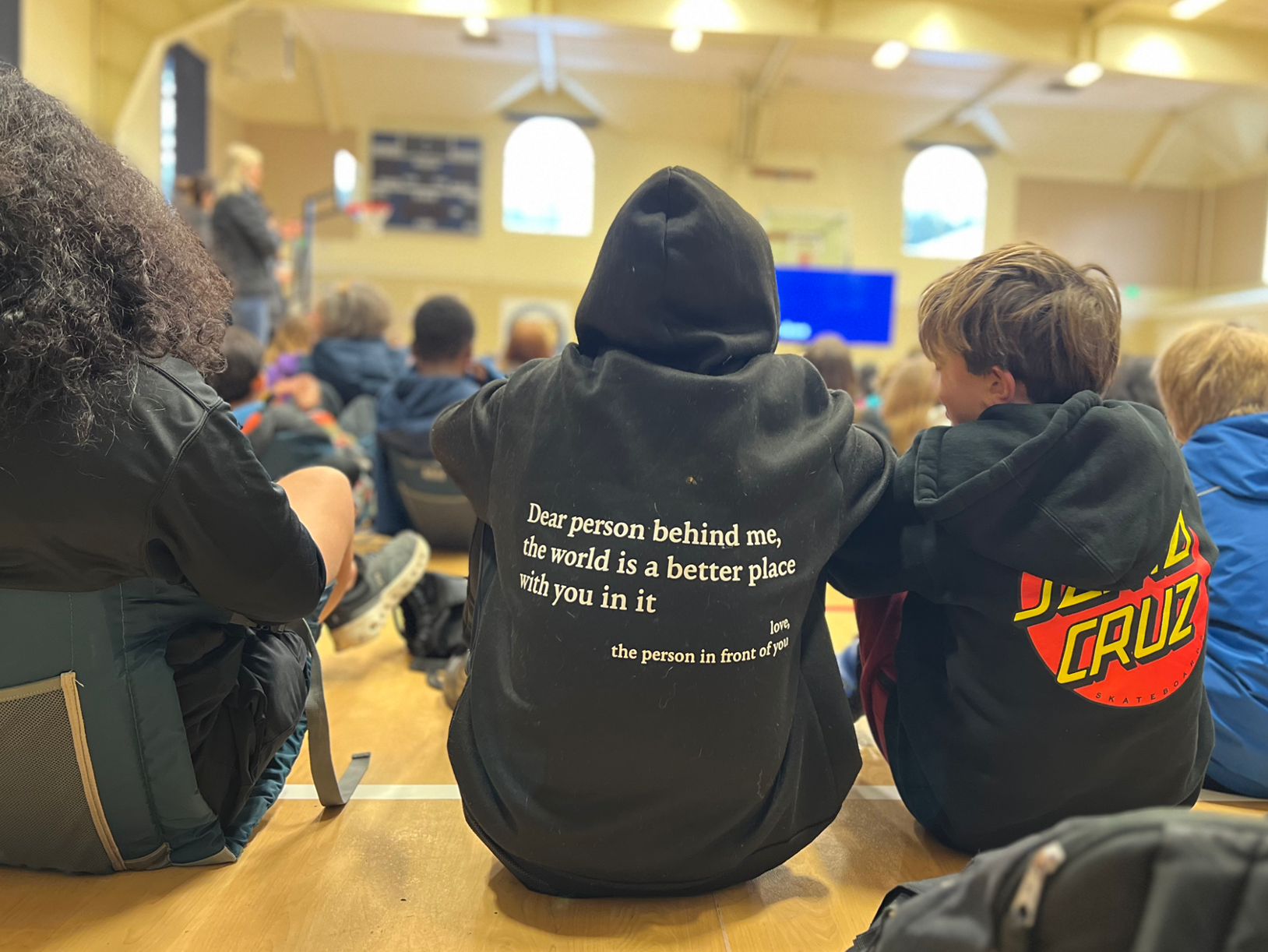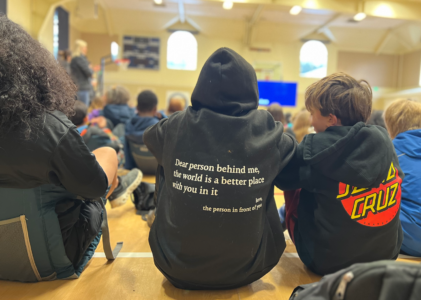Click here to listen to this as a podcast episode on JAM: Just a Moment With Mark Silver
The most recent issue of The Atlantic landed in my mailbox the other day. Across a visually empty cover were three bold words – “The Anti-Social Century.”
Staff writer Derek Thompson chronicled trends that have been accelerating for decades, trends that were powerfully captured by Robert Putnam in his book Bowling Alone in 2000, and that have only increased in the ensuing 25 years. As Putnam noted back then and Thompson highlighted today, people are less likely to engage outside of their homes (the decline of civic organizations and memberships in all types of clubs and activities), and more likely to be isolated from the community around them. Hence the title – more people are, literally, bowling alone.
What was striking in Thompson’s article was an important distinction that he makes between self-imposed solitude and loneliness. In other words, while many people, including former surgeon general Vivek Murthy, are lamenting an “epidemic of loneliness,” Thompson noted that people are actually choosing to be alone. Put another way, they aren’t necessarily lonely. Indeed, according to a 2023 Gallup survey, the number of people who experienced loneliness actually declined by roughly one-third from 2021 to 2023. What Thompson and others are starting to see is potentially more concerning – people are choosing a “remote life” that has them increasingly isolated from the communities around them. The main driver, it seems not surprisingly, is technology and, in particular, smartphones which enable us to live “full” lives in the solitude of our own home. Indeed, our always available personal entertainment devices allow us to isolate ourselves even when we are in public.
This lack of engagement in the world reminds me of deeply concerning research that continues to emerge from schools. A study by Challenge Success, an organization founded by Stanford professor Denise Pope that emphasizes student wellness, engagement and belonging in schools, found that nearly 50 percent of students at Challenge Success schools – some of the “best” schools in the Bay Area and across the country – either never or rarely found school engaging or enjoyable. That’s right – 1 out of 2 students doing well at some of the top schools in the country are never (or almost never) engaged.
While I can certainly appreciate the much broader challenge of tackling the “anti-social century,” I find it unimaginable and deeply disheartening that schools, particularly the so-called “best” schools, have become yet another place of disengagement. Here at Hillbrook, that has always been our first and primary focus: finding ways to engage students in purposeful, challenging educational experiences. As I shared at the recent State of the School, our emphasis on balanced excellence – purpose, pathways, challenge – across our JK-12 ensures that students are engaged at all ages and stages. From 4th graders immersed in the place-based study of our Oak Woodland campus to 10th graders helping to address some of San Jose’s most challenging problems as part of the San Jose Challenge, from math challenge groups at our youngest ages to the highest levels of academic math in our Upper School, our program meets each student where they are and challenges them to be their best.
In addition, I have to believe that children who are asked from the age of 4 or 5 what matters to you and what are doing about it [the two core questions of the Scott Center for Social Entrepreneurship] and that are being raised in a community that places the highest expectations on not only doing well but reaching beyond yourself to make a difference in the world, are more likely to remain engaged in the world as adults.
And, of course, they are also seeing adults throughout our community who model engagement. People who joined our sold-out Scott Center Conversations for Good event last week at the San Jose Museum of Art, for example, heard from a range of inspiring people – from doctors designing instruments for and performing cutting-edge robotic surgery to experts in regenerative farming and agricultural practices who are transforming in ways both big and small the way we interact with the land. The conversations were a model for how people can ask big questions and strive in their lives to make a difference. These were adults who were fully engaged in the world around them, not adults choosing to disconnect and live in solitude.
As a school, we are deeply committed to the idea of being a community hub, a place where students, families, employees and members of the broader community come together to meet our vision and mission as a school – inspire students to achieve their dreams and reach beyond themselves to make a difference in the world. Whether at the weekly coffees that follow Flag on our Los Gatos campus, cheering on the sideline of a basketball game or performing arts event, jumping in at a Math Fair, or reading along with other children and adults in our community as part of the “What If We Get it Right” Book Club run by the Scott Center team, we are always looking for ways to engage our community in meaningful and purposeful activity and conversation. While many trends may point to this being the “anti-social century,” I am so proud of how our community is actively pushing an entirely different narrative.
What matters to you and what are you doing about it?
I can’t wait to hear what you are thinking.

